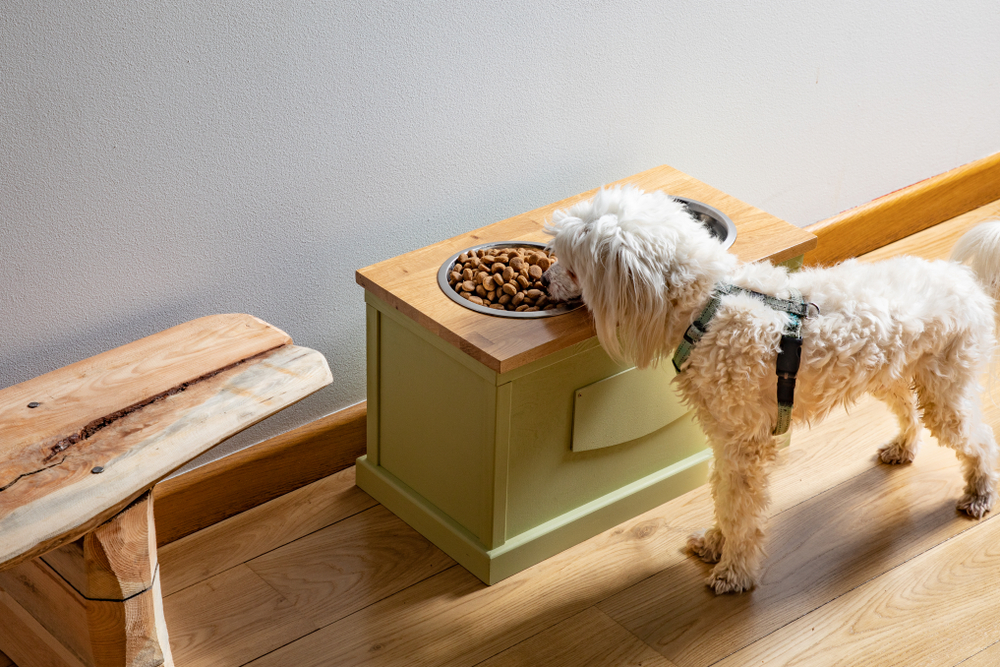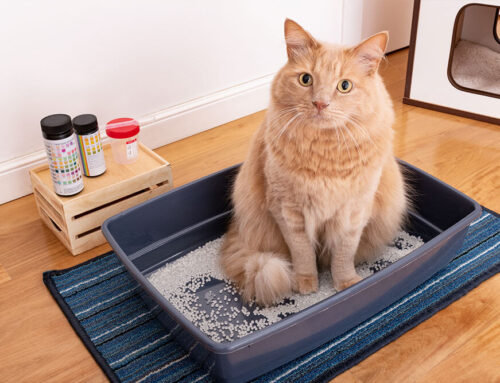Arthritis, which is also known as degenerative joint disease, is particularly common in aging pets, although the condition also occurs in younger animals after an orthopedic injury. Arthritis begins when inflammation occurs in one or multiple joints, and over time, progresses to cartilage damage, decreased joint space, joint swelling, abnormal bone deposition, and pain. Owners typically first notice that their pet is moving with difficulty. With cats, they may also notice behavior changes, such as eliminating outside the litter box because jumping in and out is too uncomfortable. With dogs, their normally placid pet may become aggressive when approached because of their pain. Our Animal Clinic of Council Bluffs veterinarian can confirm arthritic changes during a veterinary orthopedic examination that includes X-rays.
Watching a formerly active dog or cat become increasingly less ambulatory and, worse, more painful, is heartbreaking. Arthritis cannot be cured but, fortunately, the condition can be managed and your pet’s comfort and mobility improved. Following are several techniques that can help arthritic pets enjoy life more.
- Weight management — The metabolism of aging cats and dogs usually slows, while arthritis decreases their activity level. Together, these factors can cause weight gain, which puts additional pressure on already sore joints, so maintaining an arthritic pet at a healthy weight is essential for their comfort, as well as other benefits, such as helping prevent diabetes. We can advise you on special diets and specific foods to help manage your pet’s weight.
- Therapeutic exercise — An arthritic pet may not run and leap anymore, but exercise is still important. Exercise:
- Increases the pet’s metabolic rate, which helps with weight management
- Provides mental stimulation
- Adds to your pet’s comfort level by improving joint function and muscle tone
Therapeutic exercise involves low-impact activity, such as leash walking, swimming, walking in water, and walking up and down gentle inclines, beginning with 30-minute periods and slowly increasing to longer, more frequent sessions. Never force a painful pet to exercise—if they seem uncomfortable after a 30-minute session, try exercising for only 15 minutes. Warm up and cool down your pet before and after each therapeutic session by walking them slowly for five minutes, preferably indoors on carpet. Aim for daily sessions, for therapeutic exercise to be most effective.
- Environmental changes — Arthritic pets can benefit greatly from modifications to their surroundings:
- A soft, padded bed will support your pet’s sore joints and improve their sleep. Place the bed in a warm, dry area for extra comfort.
- If possible, put down small, non-slip area rugs on slick wood or tiled floors to help with traction, and prevent pets from slipping.
- Place ramps over stairs and against sofas or beds for easier maneuvering, and use them to help dogs enter and exit vehicles. For cats, provide steps or a ramp to their favorite perch, and ensure the sides of their litter box are low enough for easy access.

- Dietary supplements — Nutraceuticals, which include products such as glucosamine, chondroitin sulfate, and essential fatty acids, are thought to help repair cartilage. The data is still inconclusive, but many veterinarians believe that these products, in conjunction with other therapies, can help manage arthritis.
- Medications — Many medications, including non-steroidal anti-inflammatories (e.g., carprofen, meloxicam) and other medication types (e.g., tramadol, gabapentin, and grapiprant), help decrease joint inflammation, with an analgesic effect. However, because these medications can adversely affect the liver or kidneys, they should be administered to your pet only as your veterinarian directs. A physical exam and routine blood work can determine the most appropriate medicine for your pet.
- Surgery — Surgical techniques, including arthroscopy, total hip replacement, and joint fusion, can help treat some arthritis cases, and reconstructive techniques can help correct anatomic abnormalities. Your veterinarian can use additional diagnostics to determine whether a pet is a good candidate for surgery, including general anesthesia and the required post-operative care.
Arthritis doesn’t have to end the fun times you and your pet spend together. With appropriate therapy and monitoring, our Animal Clinic of Council Bluffs team can help your furry family member continue their happy life with less pain. Contact us, and we can assess your pet’s arthritis and pain level, and suggest appropriate treatment.






Leave A Comment